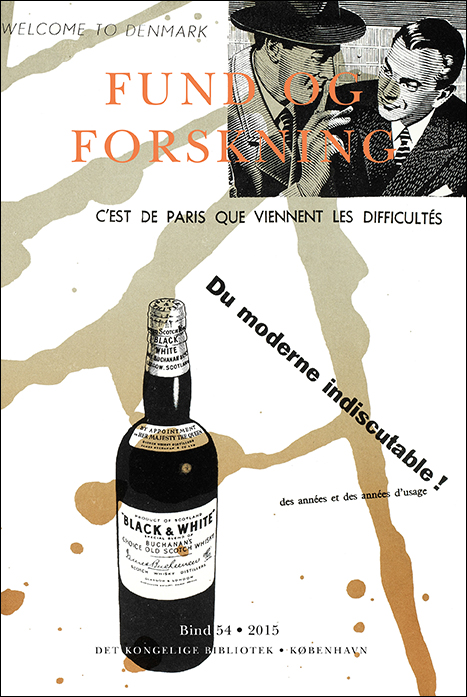The Chaves Drawing, the Galvin Murúa, and the Miccinelli Claims Regarding Guaman Poma’s Nueva corónica
DOI:
https://doi.org/10.7146/fof.v54i0.118877Abstract
Ivan Boserup: The Chaves Drawing, the Galvin Murúa Manuscript, and the Miccinelli Claims Regarding Guaman Poma’s Nueva corónica
Among the many extraordinary claims of the Miccinelli manuscripts kept in a private collection in Naples and published in 1989 and later, one of those most urgently in need of being closely investigated has concerned the authorship of one of the treasures of the Royal Library of Denmark: the autograph manuscript of the Nueva corónica (Ms. GKS 2232 4º). Authorship of this manuscript has traditionally been assigned, in accordance with its title page and other evidence, to the Andean Indian Felipe Guaman Poma de Ayala (1560?–1616?). Yet, in spite of the flat rejection of the Miccinelli material by the vast majority of leading specialists of the history and literature of early colonial Peru (see Adorno 1998; Zuidema 2001), the Miccinelli claims continue to find adepts at large and sometimes arouse new, fruitless debates.
In 2012, however, it was revealed that a drawing included in one of the key manuscripts of the Miccinelli collection, a Contract which states that the mestizo chronicler and Jesuit Father Blas Valera was the real author of the Nueva corónica, is basically a tracing of a drawing of the Nueva corónica as reproduced from a retouched photograph in the facsimile edition of the Nueva corónica that was published in Paris in 1936 (see Boserup and Krabbe Meyer 2012; 2015). Following up on this material proof of the presence of recent forgeries within the Miccinelli collection, the present paper discusses the authenticity of a closely related drawing (the Chaves drawing) discovered c.1998 in the State Archives of Naples. This latter item turns out to be, in all probability, another recent tracing of a drawing of the Nueva corónica, based on the 1936 facsimile edition.
The reason for discussing the Chaves drawing so many years later is a suggestion made in 2015 by the art historian Thomas B. F. Cummins (Harvard University). According to Cummins, the Chaves drawing is an authentic creation of Guaman Poma (see Cummins 2015). It is argued, however, that Professor Cummins’s superficial examination of the drawing and his advocacy of its authenticity are closely related to a theory developed by him in 2013 together with the renowned Peruvian anthropologist Juan Ossio (Pontificia Universidad Católica del Perú, Lima) and supported by Conservator at the Getty Museum Nancy K. Turner (2015). Their view, which is inspired by an outdated suggestion of the historian Manuel Ballesteros (1911–2002), is that the Chaves drawing may originate from the manuscript of the long lost illustrated chronicle (1596) of Martín de Murúa (the Galvin Murúa) supposedly consisting to a large extent of illustrated folios originating from other sources.
The evidence of the Galvin Murúa itself does not, however, corroborate this view (see Adorno and Boserup 2005; 2008). Hence, as in the case of the demonstrably fake Contract, it is argued that the Chaves drawing was produced in the late 1990s and “dropped” in the State Archives of Naples so as to be innocently “discovered” by a scholar working there, and later promoted as “external” evidence of the authenticity and historical reliability of the two main Miccinelli manuscripts. By stepping right into this trap nearly twenty years after others have been lured into it (Cantù 2001; Laurencich Minelli 2001; 2007), Cummins has taken the risk of being counted among the supporters of the Miccinelli manuscripts and of stirring up once more an international debate on the status of forged or corrupted material, which one can hope, however, will be thwarted at an early stage by the present analysis.


